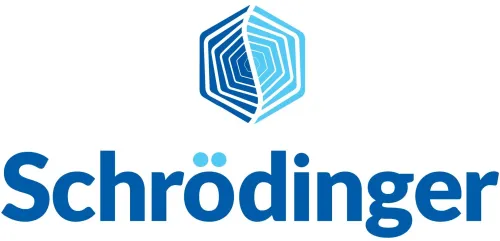In the biopharmaceutical industry the application of Machine Learning (ML) and predictive tools is becoming increasingly common in drug discovery. Biologics differ in size and structure to small molecules, therefore there is a demand for biologics specific tools.
Cindy Gerson, Director of Enterprise Informatics at Schrödinger and her team outlined the key features of their LiveDesign platform and explained how scientists can integrate this technology into their workflows.
LiveDesign uses informatics platforms and physics-based computational modelling to optimise workflows in biologics development. Such workflows include candidate triaging, sequence analysis and process optimisation. The platform was originally developed for small molecules but due to the explosion of interest in biologics as therapeutics, Gerson and her team have adapted it for biologics.
Gerson highlighted some of the new biologics specific enhancements including tools for sequence and structural analysis and HELM (Hierarchical Editing Language for Macromolecules) and composite row view for analysing biologics. Gerson stressed that this customisable platform can be used for other molecule types including oligonucleotides.
To demonstrate a biologics triaging workflow, Gerson used p53 mimetic peptides for tumour suppression. The workflow demonstrated how LiveDesign can manage data from early experimental assays, such as IC50 and binding affinity results, by enabling researchers to visualize, filter, and prioritize candidates. The platform's visual tools, such as sequence viewers and customizable forms, allow users to apply colouring rules, calculate parameters, and quickly identify promising candidates for further study.
Further live demonstrations showed how predictive tools such as MMGBSA and FEP+ offer insights into binding affinity and aggregation profiles. They also introduced the AG Score, which predicts the aggregation potential of biologics by analysing hydrophobic and charged surface patches, addressing challenges like solubility and manufacturability.
The final demonstration showed how predictive data generated by these tools could be seamlessly integrated into LiveDesign. Predicted 3D structures, binding interactions, and computational descriptors such as AG Score evaluated alongside experimental data. This integration allows researchers to evaluate both experimental and in silico parameters simultaneously, enabling more confident and efficient decision-making.
Overall Gerson and her team reiterated that one of the major advantages of this platform is its ability to collect all the data in one place and present it in a cohesive manner, making it easier for scientists to interrogate the data. Gerson stated: “It's really important to get all of that information under one hood, both for being able to analyse your biologic candidates efficiently, but also for being able to capture those decision-making processes.” To conclude, LiveDesign provides a successful example of bridging the gap between predictive modelling and experimental data.


